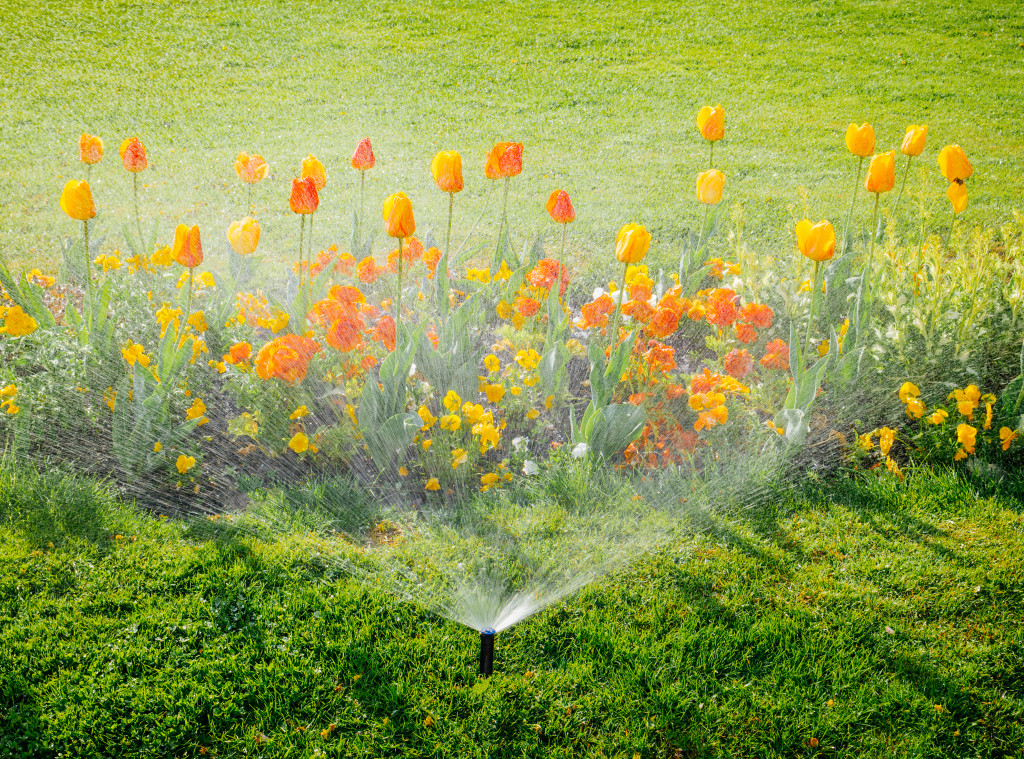It was common to have a large garden in one’s backyard in the past. Many people would grow their food and sell what they didn’t need at their local farmers’ market. This way of life has declined as communities are now more centralized and less self-sufficient.
A community garden is where many families can come together to work on a communal plot of land. It can help build community spirit and provide a place for people to grow their food.
There are many ways to get involved in a community garden. You can donate land, time, or money to help get one started in your area. But if there isn’t already a community garden near you, consider starting one yourself!
Here are some tips for getting started:
Find a plot of land.
The first step can be tricky, as you’ll need to find a spot that is accessible to everyone in the community and is also large enough to accommodate a garden. Unless you have a lot of lands yourself, you’ll likely need to find a community partner who can donate or lease space to you.
However, you also need to ensure that the land is zoned for agricultural use. If it’s not, you’ll need to petition your local government to make the change.
Once you’ve found a suitable spot, you’ll need to prepare the land for planting. It may involve clearing out debris, tilling the soil, and adding fertilizers.
Recruit volunteers.
If you want to make your community garden a success, you’ll need plenty of helping hands. Put up flyers around town or reach out to local community groups to see if anyone is interested in lending a hand.
You might also want to try posting in online forums or social media groups specific to your area. This way, you can broaden your reach and get more people interested in your project.
Get funding.
Starting a community garden can be costly, as you’ll need to pay for things like seeds, tools, and fencing. You can look into grants specifically for community gardens, or you could launch a crowdfunding campaign to get the money you need.
You might also want to approach local businesses to see if they’re interested in sponsoring your garden. You could put up a sign with their company name or logo in exchange for their financial support.
Start planting.

After getting everything organized, it’s finally time to start planting! Make sure to plan out what you want to grow and assign different plots of land to each family or group.
Be sure to keep track of your garden’s progress throughout the season and celebrate your successes together! If you have a blog or social media page for your garden, be sure to share it with your community. This way, everyone can stay up-to-date on your progress and see how much everyone is helping out.
However, stay mindful of the weather and be prepared to adjust your plans accordingly. There’s no point in planting tomatoes if there’s a chance of a frost later in the season!
Look for partners.
One of the best things about community gardens is that they’re a great way to build relationships with your neighbors. Get in touch with local businesses, churches, schools, or other community organizations to see if they’re interested in partnering up with you.
This way, you can earn extra help with things like fundraising, publicity, and even gardening tips!
Incorporate decorations.
Although it isn’t much, a bit of decoration can go a long way in making your garden feel like a community space. Hang up some flags or banners to show your garden’s personality. You could also paint murals on the fence or set up sculptures and other art pieces.
Why not enhance the pavements with brick stone engraving if you have earned enough funding? You can add names of the participating families, inspiring quotes, or even your garden’s logo. This way, your garden will indeed be one-of-a-kind!
Make room for growth.
As your garden grows, you’ll likely need to make some adjustments. You may need to add more plots of land or install new fencing to keep the animals out. You’ll also need to appoint more volunteers to help with planting, weeding, and harvesting tasks.
Keep an open mind and be prepared to make changes as needed to accommodate the needs of your community garden.
A community garden can be a great way to get people involved in their community and provide them with fresh, healthy food. With a bit of planning and effort, you can start a garden of your own!
